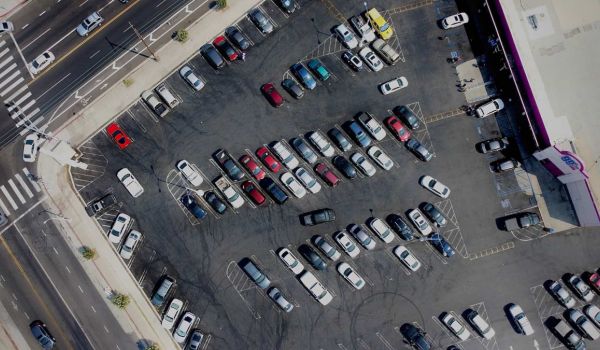As the 2013 Feeding Cities conference unfolds this week in Philadelphia, Next City, a media partner for the event, will feature regular updates from bloggers covering its talks and workshops.
Click here to see a rundown of our coverage.
I suspect I wasn’t the only attendee at this conference who had second thoughts about reaching for the roast beef at the lunch buffet yesterday. In the morning sessions, the prospect that the rest of the world might be quickly adopting a U.S.-style meat heavy diet — in China, for instance, meat consumption has quadrupled over the last 30 years — had been treated as a near-apocalyptic scenario.
After all, industrial-scale meat production has a massive carbon footprint, raises prices of other foods by requiring grains for feed, creates breeding grounds for disease and contributes to chronic health crises like obesity and heart disease. (To say nothing of the welfare of the animals raised for slaughter.)
But the panelists at a breakout session on “food systems” were a bit more sanguine about the red stuff, noting that in places where malnutrition is prevalent, meat, fish and dairy can be an important source of protein and nutrients, particularly for children and mothers. Narayan Hegde, a trustee and principal adviser at India’s BAIF Development Foundation, argued that meat in his country is “the main area where we have an opportunity to improve consumption” and enthusiastically described eggs, milk and poultry as “the door” to meat-eating for a society where almost 50 percent of the population is vegetarian.
So perhaps the question is not whether we should eat meat, but how to produce it more efficiently and safely. Roger A. Cady, who studies sustainability issues for Elanco Food Industry & Consumer Affairs was optimistic, sharing a study he had coauthored for the Journal of Animal Science that found that the U.S. population of dairy cows fell from a high of 25.6 million in 1944 to around 9 million in 2007, at the same time U.S. dairy consumption was increasing. The carbon footprint of U.S. dairy production is about 37 percent of what it was in the 1940s, according to Cady. (For what it’s worth, Elanco produces medicines and “productivity enhancers” for agricultural animals.)
The health risks posed by meat production are also misunderstood, argued Delia Grace, a program manager at the International Livestock Research Institute. It’s true that humans and animals share about 60 percent of diseases and 75 percent of emerging human diseases come from animals, but while outbreaks like SARS and Bird Flu get all the attention for killing tens of people, the conditions that kill tens of millions are older, more common diseases. A group of 13 “zoonoses”, including conditions like TB and rabies, kill 2.4 million people every year, Grace said.
Grace also argued that supermarkets are not the solution, drawing on research she has done in Vietnam. In a street-level “wet market,” there’s only about four hours between pig being killed and being eaten. In supermarkets, on the other hand, meat is wrapped in cellophane — which locks in moisture, creating a breeding ground for bacteria — and power outages are common, meaning food can sometimes be left unrefrigerated for hours. So despite supermarkets being more sanitary, in the traditional sense, the meat in the markets was generally safer. She also found that in traditional markets, levels of contamination were far lower for meat from female butchers, despite their male counterparts having the same attitudes and knowledge of hygiene. Women tended to be more conscientious about following hygiene procedures.
Of course, none of this is going to satisfy animal rights activists, and one questioner did press the panel over whether “efficiency” in production was just a euphemism for keeping animals more confined and killing them younger. Cady, who said inaccurate films produced by animal rights activists had given the public as misguided ideas about the meat industry, countered, “It’s not about pushing the animal past its limits. It’s not about denying it freedom. It’s about doing it productively with the animal’s welfare in mind.”
Despite the increasing normalcy of vegetarianism in Western countries, demand for meat will likely increase dramatically in the coming decades — 70 percent over the next 37 years, according to Cady’s numbers. The discussion of how to meet that demand in a safer and more sustainable way is certainly a valuable one. Though in the mean time, the veggie wrap tasted just fine.
















